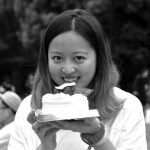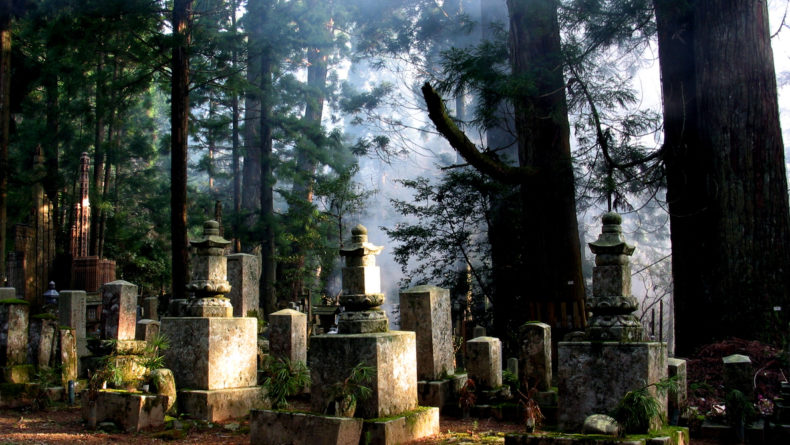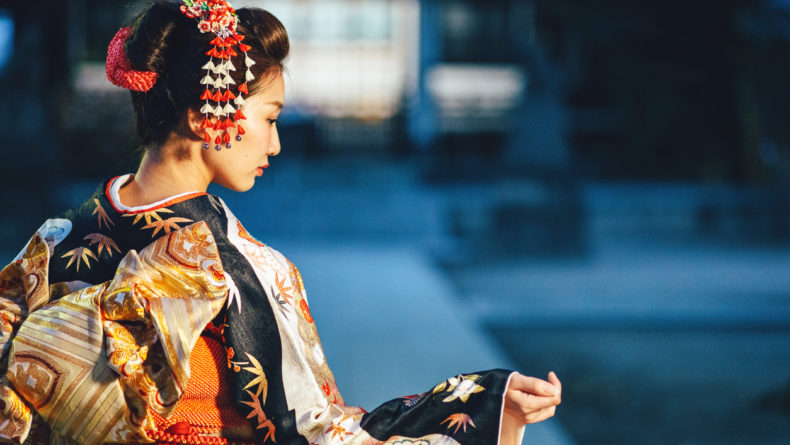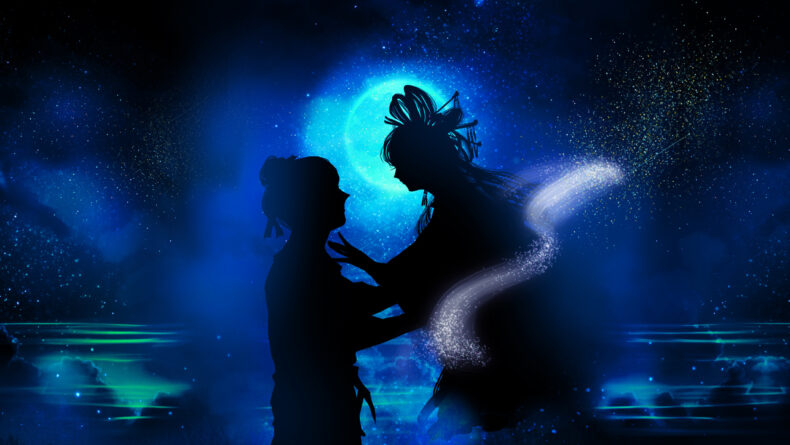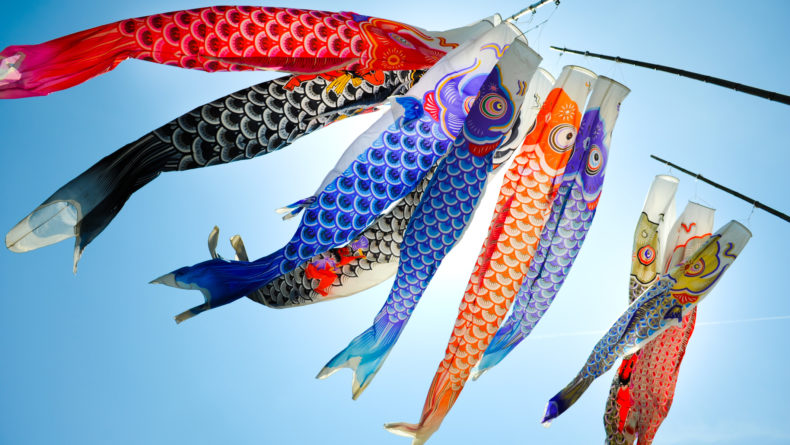What Is Obon? A Guide To The Japanese Halloween
A Summery Festival Of The Dead
It is this time of the year when Japan suddenly turns tranquil, trains get empty and cemeteries start blooming with flowers. It's Obon—the Japanese summer festival of welcoming back ancestors' spirits and returning to one's family roots.
Equally important as celebrating the New Year’s holidays in Japan is the summer celebration Obon. This celebration usually lasts for four to five days around August 15 and is one of the most important family events throughout the year in Japan. Often compared to Halloween abroad, though quite different in essence and practice, Obon is the Japanese tradition of paying respect to ancestors and loved ones who have passed away. Concretely, what is Obon?
Don’t look for it, Obon won’t appear in red on your yearly calendar because it’s not an official national holiday. In practice though, it is a summer holiday for everyone and most companies will take a few days off.
August 13 — Mukaebi
Obon begins with the so-called mukaebi practice (welcoming fires), during which people make a small bonfire in front of their houses to guide spirits upon their return back home.
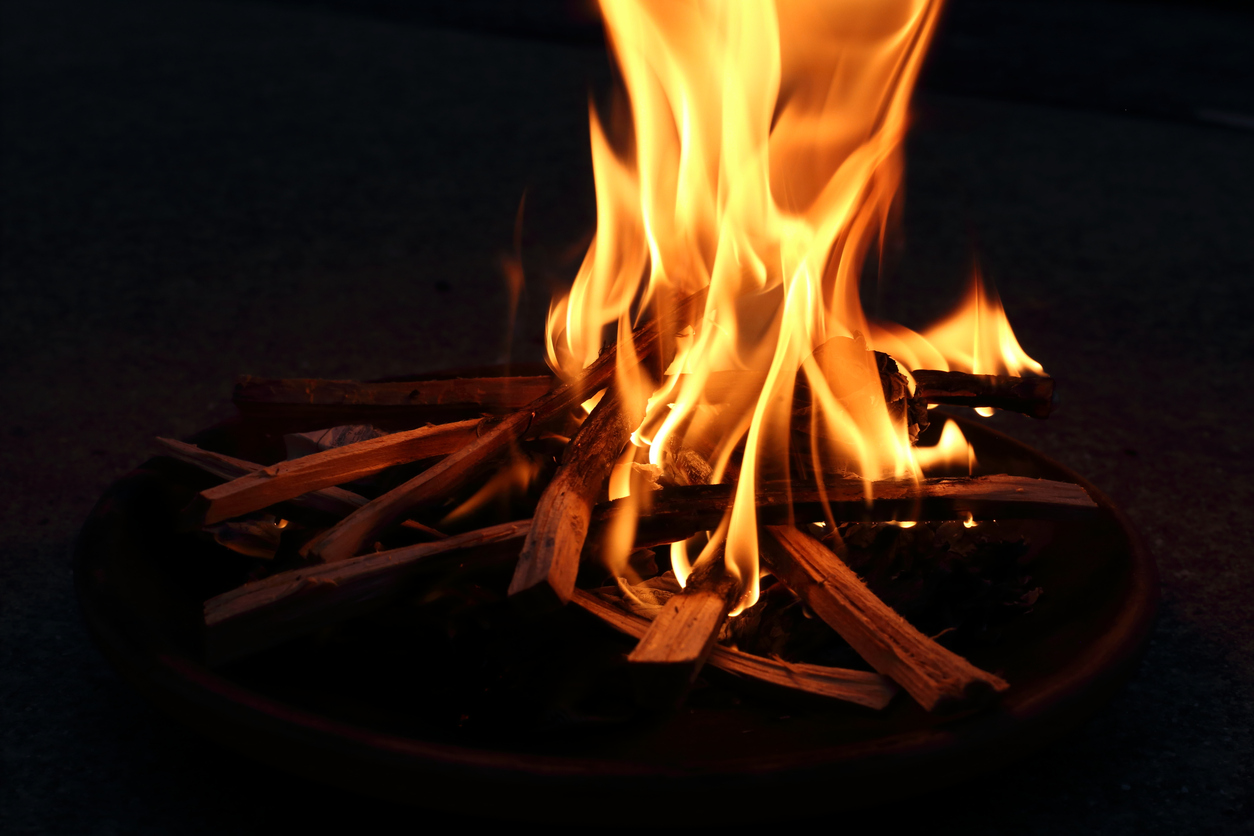
Decorating the deceased’s altar with small memorial tablets, fruits, flowers, and Japanese sweets is also part of the early preparation stage—a practice used to offer late loved one’s objects they enjoyed in their lifetime.
While practiced mostly in countryside areas recently, some regions will also prepare horses made of cucumbers and cows made of eggplants with wooden sticks for legs. The symbolism behind it is that the horse will help spirits return home as soon as possible, while the cow will take them back to heaven slowly as soon as the festival is over.
Most Japanese people also start Obon with a visit to the cemetery to clean up the family’s grave and pray for their peaceful existence wherever they are. This practice is called ohaka-mairi.
August 14-15 — Hoyo/Kuyo
During the second and third days of Obon celebrations, families following the tradition will invite a Buddhist priest to their homes—or visit a temple or shrine—to recite a sutra and perform a memorial service. They are called hoyo or kuyo in Japanese.
After the recital, they have lunch together, recalling old stories of their beloved deceased. The meal, called shojin ryori, is purely vegetarian, and usually includes stewed beans, spinach with soy sauce and sesame, or pickled cucumbers.
August 16 — Okuribi
Obon concludes with another bonfire lighting up the sky, meant to see the ancestors’ spirits off to the netherworld. In many areas of Japan, people will also organize bon-odori dances. These traditional dances were originally performed for the deceased, though in recent years have become a symbol of summer festivals themselves.
One of the most famous bonfire festivals as part of this tradition is the Gozan Okuribi (or Daimonji) in Kyoto. It is so famous that it attracts thousands of visitors every year. Some of the most famous Obon festivals take place in Hiroshima and Asakusa in the Toro Nagashi festival.
Japanese people are known for being rather non-religious and festivals have become more related to entertainment rather than tradition. Although, Obon is one of the few events in the year that focuses on the importance of families sharing time together and returning to their roots—together with the spirits of those who were dear to us.
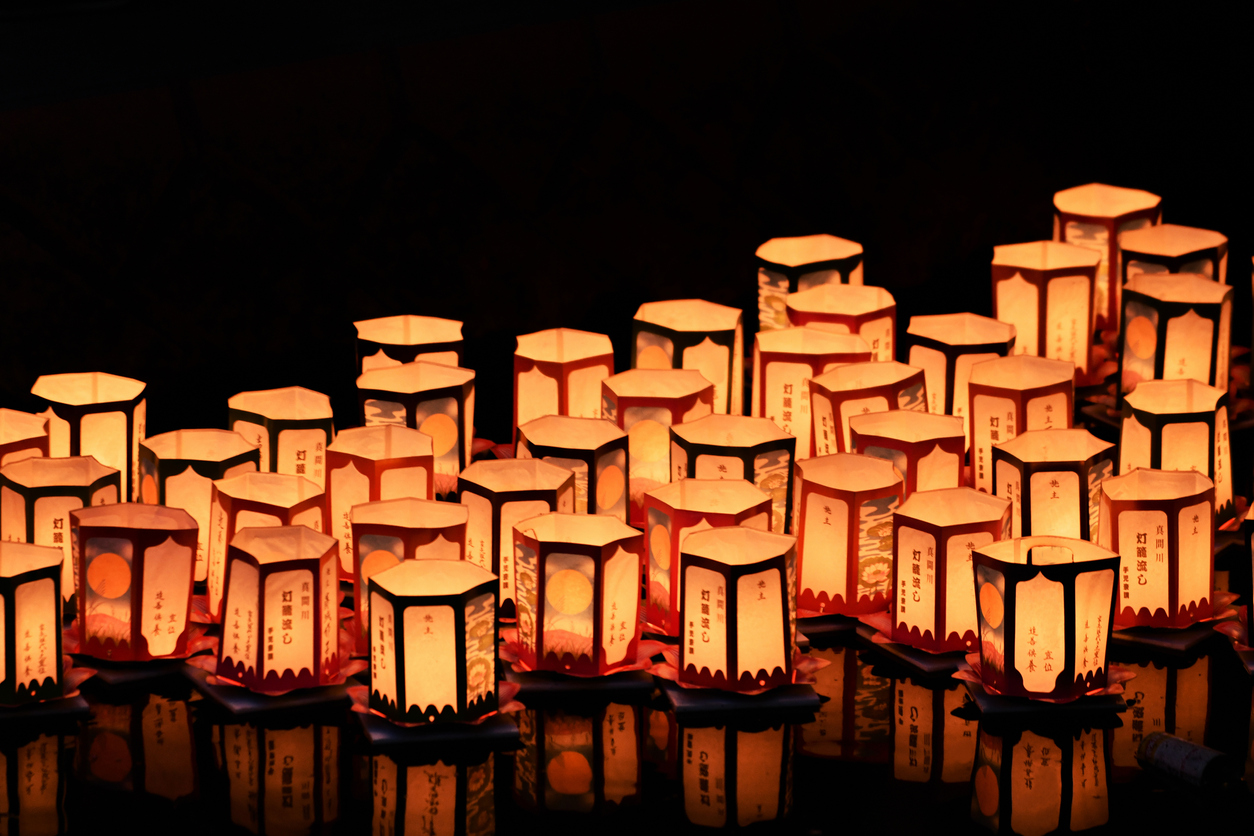
This article was originally published in 2016 and edited on Aug. 10, 2020.
